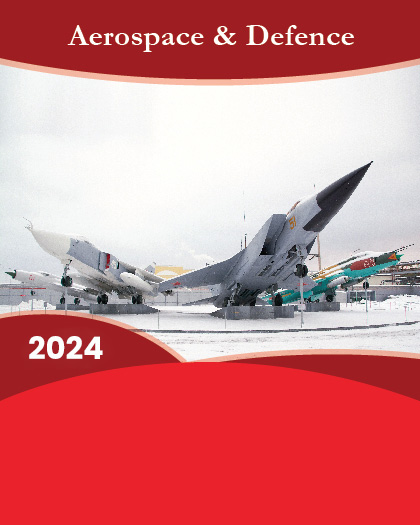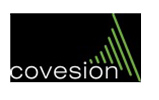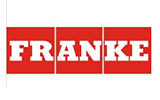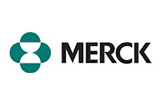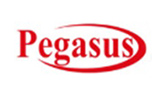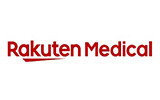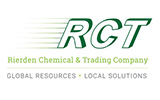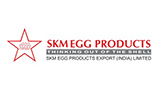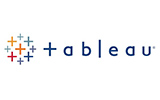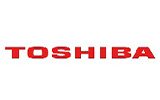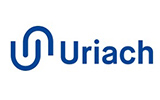Table of Contents:
1 Executive Summary
2 Market Introduction
2.1 Definition
2.2 Scope of the Study
2.3 List of Assumptions
2.4 Market Structure
2.5 Key Takeaways
3 Research Methodology
3.1 Research Process
3.2 Primary Research
3.3 Secondary Research
3.4 Market Size Estimation
3.5 Forecast Model
4 Market Dynamics
4.1 Introduction
4.2 Drivers
4.2.1 Growing Demand for Unmanned Underwater Vehicle
4.2.2 Increasing Expenses on Submarines
4.2.3 Rapid Modernization of the Submarine Fleet
4.2.4 Surge in Usage of Nuclear-Powered Submarines
4.3 Restraint
4.3.1 Cost Associated with Refit and Maintenance
4.3.2 Defense Budget Constraints
4.4 Opportunities
4.4.1 3D Printing Technology
4.4.2 Ohio-Class Submarine Replacement Program
4.5 Trend
4.5.1 Advanced Undersea Warfare
5 Patent Analysis
5.1 List of Patents
?
6 Market Factor Analysis
6.1 Porter's Five Forces Model
6.1.1 Threat of New Entrants
6.1.2 Bargaining Power of Suppliers
6.1.3 Bargaining Power of Buyers
6.1.4 Threat of Substitutes
6.1.5 Intensity of Rivalry
6.2 Supply Chain
7 Global Unmanned Underwater Vehicle Market - Overview
7.1 Overview
7.1.1 Current Trends in the Global Unmanned Underwater Vehicle Market
7.1.2 Unmanned Underwater Vehicle Market in Taiwan - Summary
8 Global Submarine Market, By Type
8.1 Overview
8.1.1 Nuclear Powered Submarine
8.1.2 Diesel Electric Submarine
8.1.3 Ballistic Missile Submarine
9 Global Submarine Market, By Application
9.1 Overview
9.1.1 Surveillance
9.1.2 Combat
9.1.3 Scientific Research
9.1.4 Detection of Oil Resources
9.1.5 Marine Environmental Monitoring
9.1.6 Others
10 Global Submarine Market, By Platform
10.1 Overview
10.1.1 Commercial
10.1.2 Military
11 Global Submarine Market, By Region
11.1 Overview
11.2 North America
11.2.1 US
11.2.1.1 US by Type
11.2.1.2 US by Application
11.2.1.3 US by Platform
11.2.2 Canada
11.2.2.1 Canada by Type
11.2.2.2 Canada by Application
11.2.2.3 Canada by Platform
11.3 Europe
11.3.1 Russia
11.3.1.1 Russia by Type
11.3.1.2 Russia by Application
11.3.1.3 Russia by Platform
11.3.2 UK
11.3.2.1 UK by Type
11.3.2.2 UK by Application
11.3.2.3 UK by Platform
11.3.3 France
11.3.3.1 France by Type
11.3.3.2 France by Application
11.3.3.3 France by Platform
11.3.4 Germany
11.3.4.1 Germany by Type
11.3.4.2 Germany by Application
11.3.4.3 Germany by Platform
11.3.5 Rest of Europe
11.3.5.1 Rest of Europe by Type
11.3.5.2 Rest of Europe by Application
11.3.5.3 Rest of Europe by Platform
11.4 Asia-Pacific
11.4.1 China
11.4.1.1 China by Type
11.4.1.2 China by Application
11.4.1.3 China by Platform
?
11.4.2 India
11.4.2.1 India by Type
11.4.2.2 India by Application
11.4.2.3 India by Platform
11.4.3 Japan
11.4.3.1 Japan by Type
11.4.3.2 Japan by Application
11.4.3.3 Japan by Platform
11.4.4 Australia
11.4.4.1 Australia by Type
11.4.4.2 Australia by Application
11.4.4.3 Australia by Platform
11.4.5 Taiwan
11.4.5.1 Taiwan by Type
11.4.5.2 Taiwan by Application
11.4.5.3 Taiwan by Platform
11.4.6 Rest of Asia-Pacific
11.4.6.1 Rest of Asia-Pacific by Type
11.4.6.2 Rest of Asia-Pacific by Application
11.4.6.3 Rest of Asia-Pacific by Platform
11.5 Middle East & Africa
11.5.1 Iran
11.5.1.1 Iran by Type
11.5.1.2 Iran by Application
11.5.1.3 Iran by Platform
11.5.2 Egypt
11.5.2.1 Egypt by Type
11.5.2.2 Egypt by Application
11.5.2.3 Egypt by Platform
11.5.3 Rest of Middle East & Africa
11.5.3.1 Rest of Middle East & Africa by Type
11.5.3.2 Rest of Middle East & Africa by Application
11.5.3.3 Rest of Middle East & Africa by Platform
11.6 Latin America
11.6.1 Brazil
11.6.1.1 Brazil by Type
11.6.1.2 Brazil by Application
11.6.1.3 Brazil by Platform
11.6.2 Peru
11.6.2.1 Peru by Type
11.6.2.2 Peru by Application
11.6.2.3 Peru by Platform
11.6.3 Argentina
11.6.3.1 Argentina by Type
11.6.3.2 Argentina by Application
11.6.3.3 Argentina by Platform
11.6.4 Rest of Latin America
11.6.4.1 Rest of Latin America by Type
11.6.4.2 Rest of Latin America by Application
11.6.4.3 Rest of Latin America by Platform
12 Competitive Landscape
12.1 Competitive Scenario
12.2 Market Share Analysis
12.3 Company Benchmarking
13 Company Profiles
13.1 BAE Systems
13.1.1 Company Overview
13.1.2 Financial Overview
13.1.3 Product Offerings
13.1.4 Key Developments
13.1.5 SWOT Analysis
13.1.6 Key Strategy
13.2 Daewoo Shipbuilding & Marine Engineering Co. Ltd (DSME Co., Ltd.)
13.2.1 Company Overview
13.2.2 Financial Overview
13.2.3 Product Offerings
13.2.4 Key Developments
13.2.5 SWOT Analysis
13.2.6 Key Strategy
13.3 FINCANTIERI S.p.A.
13.3.1 Company Overview
13.3.2 Financial Overview
13.3.3 Product Offerings
13.3.4 Key Developments
13.3.5 SWOT Analysis
13.3.6 Key Strategy
13.4 General Dynamics
13.4.1 Company Overview
13.4.2 Financial Overview
13.4.3 Product Offerings
13.4.4 Key Developments
13.4.5 SWOT Analysis
13.4.6 Key Strategy
13.5 Huntington Ingalls Industries (HII)
13.5.1 Company Overview
13.5.2 Financial Overview
13.5.3 Product Offerings
13.5.4 Key Developments
13.5.5 SWOT Analysis
13.5.6 Key Strategy
13.6 Kawasaki Heavy Industries Ltd.
13.6.1 Company Overview
13.6.2 Financial Overview
13.6.3 Product Offerings
13.6.4 Key Developments
13.6.5 SWOT Analysis
13.6.6 Key Strategy
13.7 Lockheed Martin Corporation
13.7.1 Company Overview
13.7.2 Financial Overview
13.7.3 Product Offerings
13.7.4 Key Developments
13.7.5 SWOT Analysis
13.7.6 Key Strategy
13.8 Mazagon Dock Shipbuilders Ltd. (MDL)
13.8.1 Company Overview
13.8.2 Financial Overview
13.8.3 Product Offerings
13.8.4 Key Developments
13.8.5 SWOT Analysis
13.8.6 Key Strategy
13.9 Saab AB
13.9.1 Company Overview
13.9.2 Financial Overview
13.9.3 Product Offerings
13.9.4 Key Developments
13.9.5 SWOT Analysis
13.9.6 Key Strategy
13.1 Thales Group
13.10.1 Company Overview
13.10.2 Financial Overview
13.10.3 Product Offerings
13.10.4 Key Developments
13.10.5 SWOT Analysis
13.10.6 Key Strategy
14 Appendix
14.1 References

